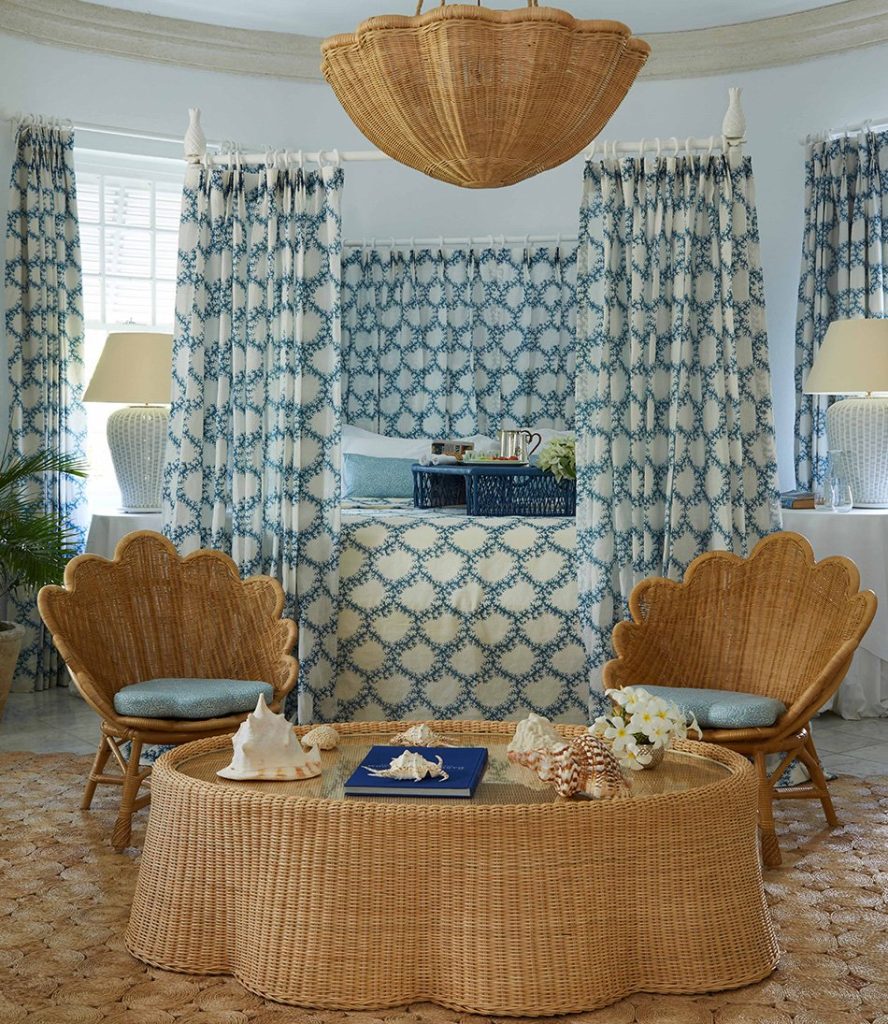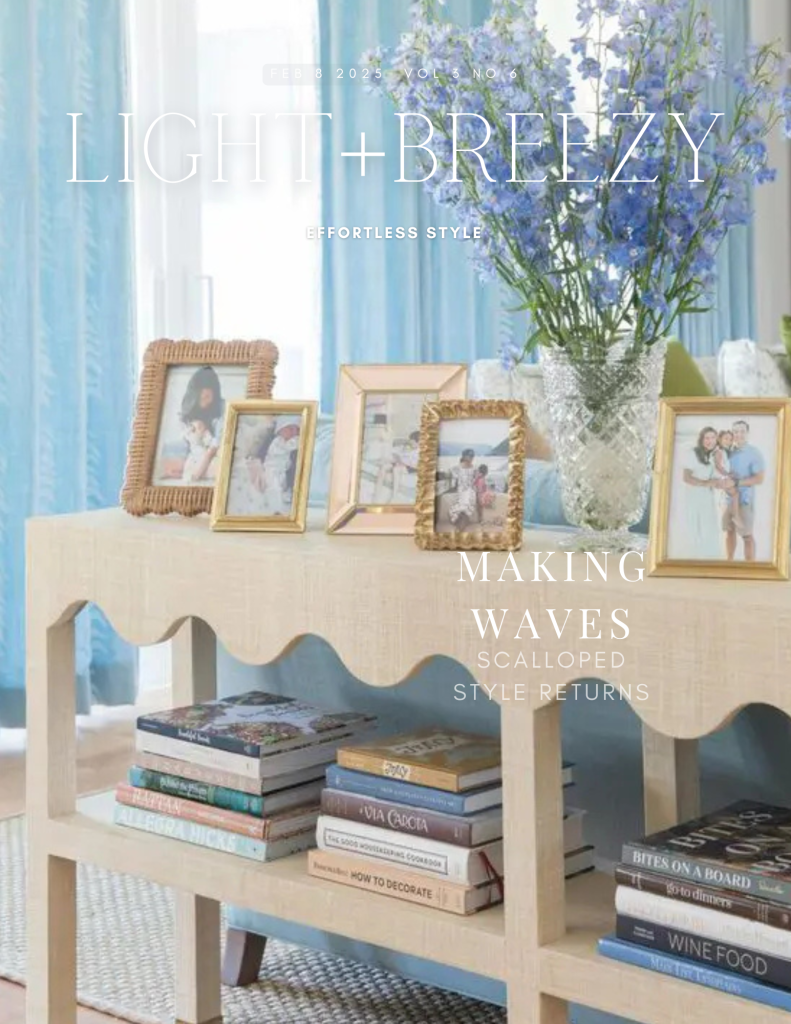
The Scalloped Edge: How a Classic Detail is Reshaping Modern Design
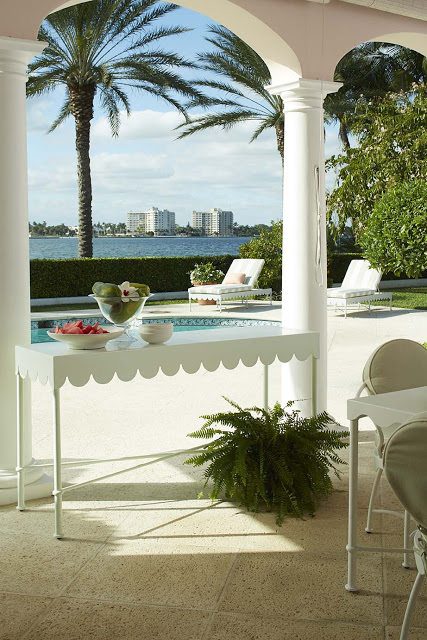
From the scrolled arms of Victorian settees to the bold curves of Art Deco headboards, scalloped furniture has long served as a hallmark of sophisticated design. Today, this timeless detail is experiencing a remarkable renaissance, appearing in everything from minimalist side tables to statement upholstered pieces. But what exactly makes this decorative element so enduringly appealing, and how are contemporary designers reimagining it for modern spaces?
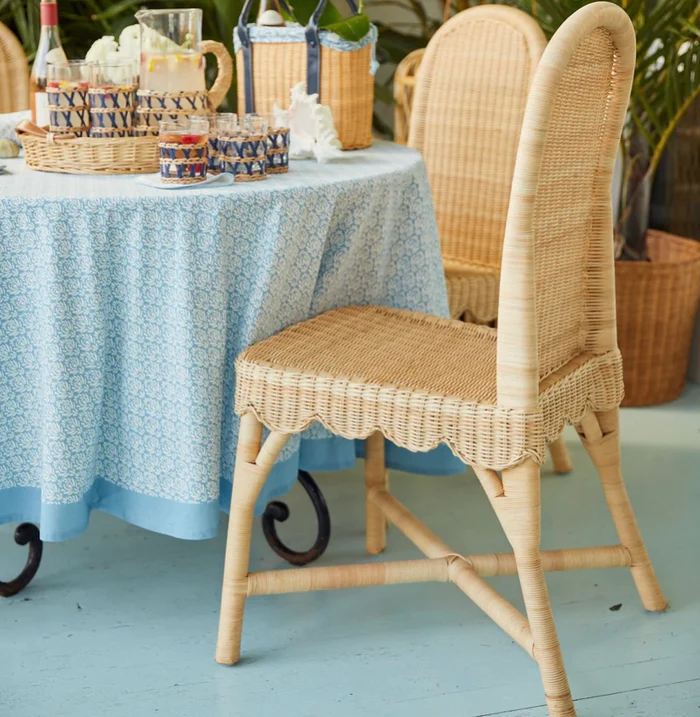
At its essence, scalloped furniture features repeated curved edges that create a wavelike pattern, reminiscent of the sea’s gentle ripples or the delicate edge of a seashell. This organic shape has captivated furniture makers for centuries, first appearing in classical European designs before finding new expression in French Provincial pieces and later, the glamorous furnishings of the Art Deco era.
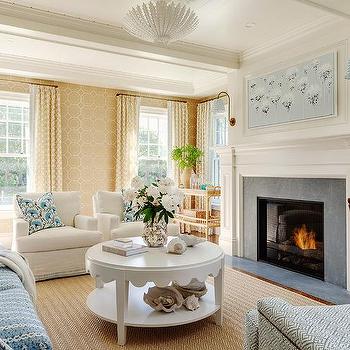
The current revival of scalloped details speaks to a broader shift in interior design—a move away from stark minimalism toward softer, more playful forms. “We’re seeing a real hunger for furniture that makes a statement while remaining approachable,” notes interior designer Claire Montgomery. “Scalloped edges accomplish this beautifully, adding visual interest without overwhelming a space.”
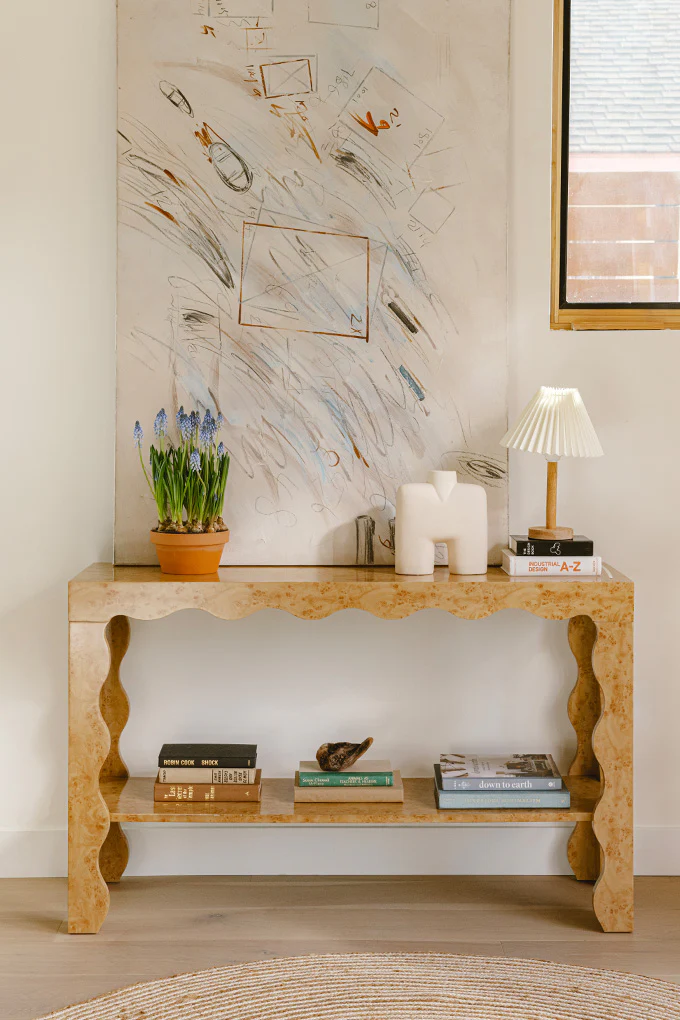
This versatility is perhaps the detail’s greatest strength. In traditional settings, a scalloped headboard upholstered in rich velvet can serve as a romantic focal point, while in a modern apartment, a console table with subtle scalloped trim might provide just enough detail to elevate an otherwise understated space. The key lies in how the scalloped element is interpreted within each design context.
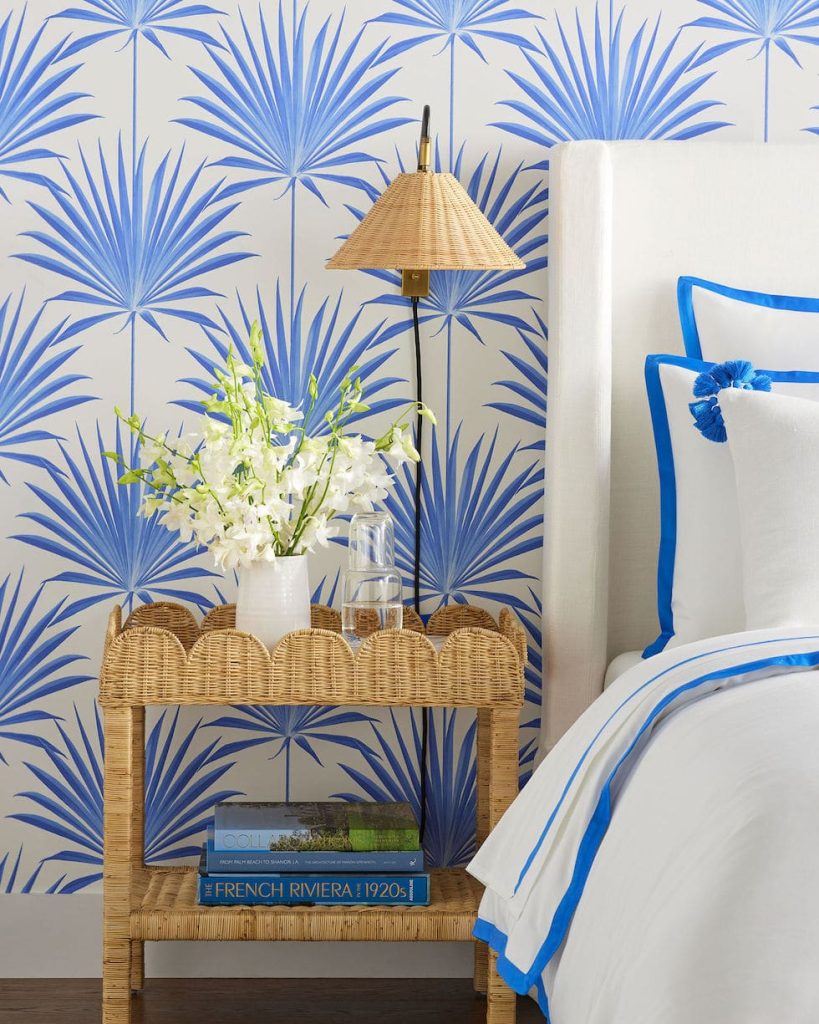
Consider the coastal cottage aesthetic, where scalloped edges echo the natural rhythms of waves and shells, creating an organic connection to seaside living. In these spaces, the detail often appears in whitewashed woods or pale linens, contributing to the breezy, relaxed atmosphere. Contrast this with Art Deco interpretations, where scalloping takes on a more geometric quality, often rendered in luxurious materials like brass or lacquered wood to create bold, dramatic statements.
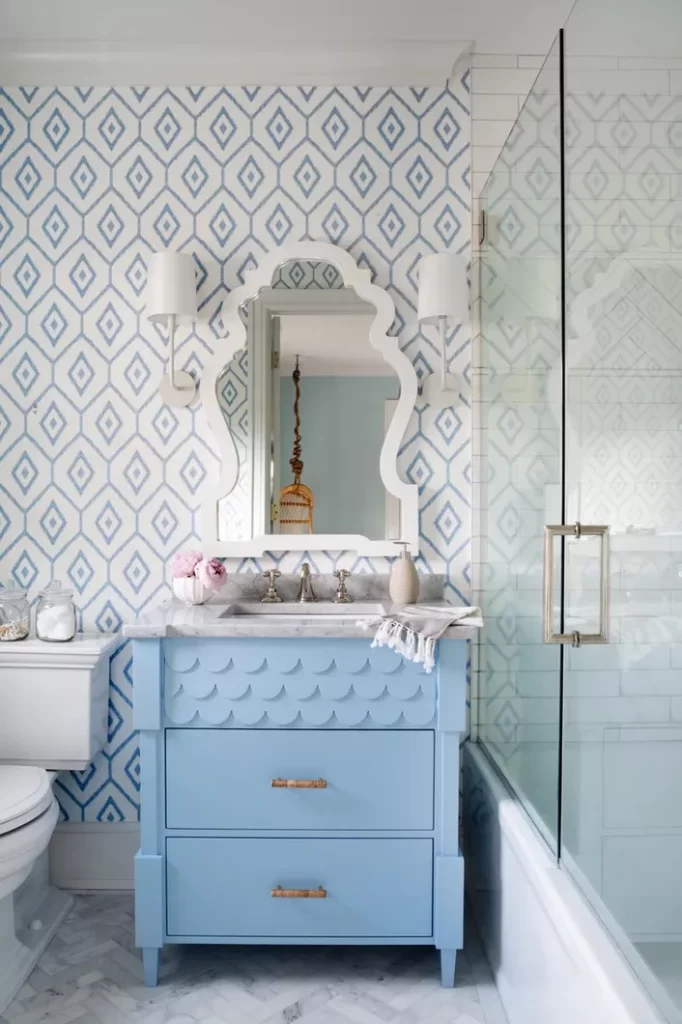
Contemporary designers are finding innovative ways to incorporate this classic detail into modern pieces. “We’re seeing scalloped furniture that plays with scale and proportion in really interesting ways,” explains furniture designer Marcus Chen. “Sometimes it’s as subtle as a slight curve on a drawer front, other times it’s an oversized scallop that becomes the defining feature of a piece.”
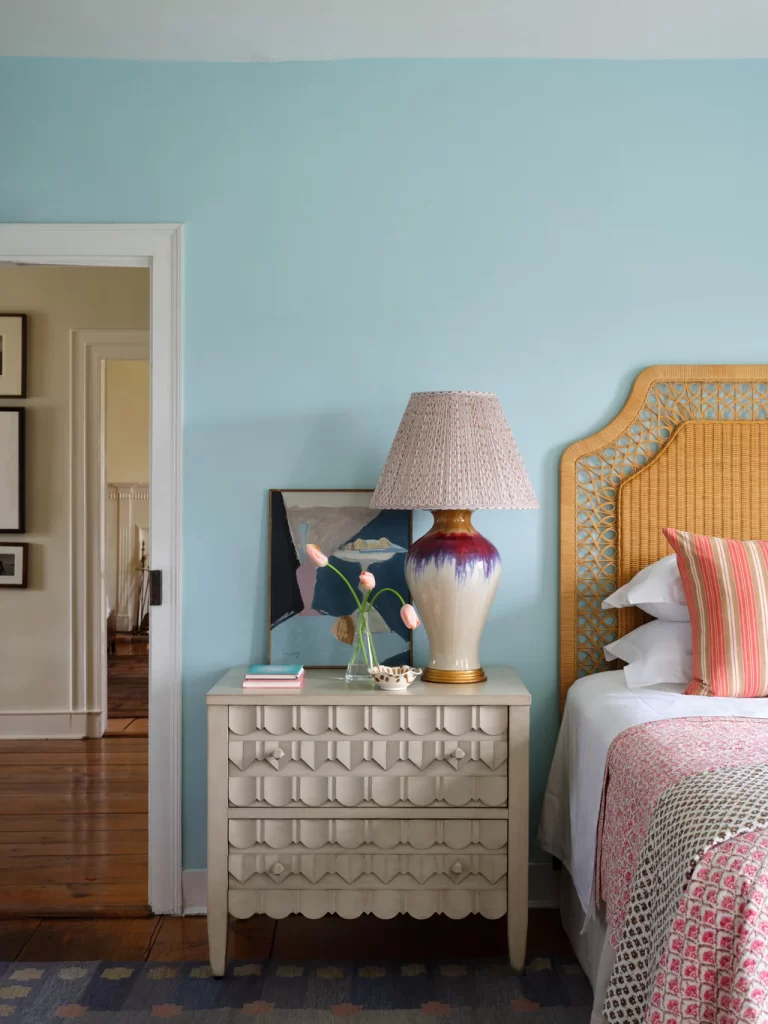
The versatility of scalloped furniture extends to its practical applications as well. In living spaces, a scalloped sofa can soften the harsh lines of modern architecture, while in bedrooms, a scalloped dresser might add a touch of whimsy without sacrificing sophistication. Even in minimalist interiors, where decoration is used sparingly, a carefully chosen piece with scalloped detailing can provide just enough visual texture to prevent the space from feeling austere.
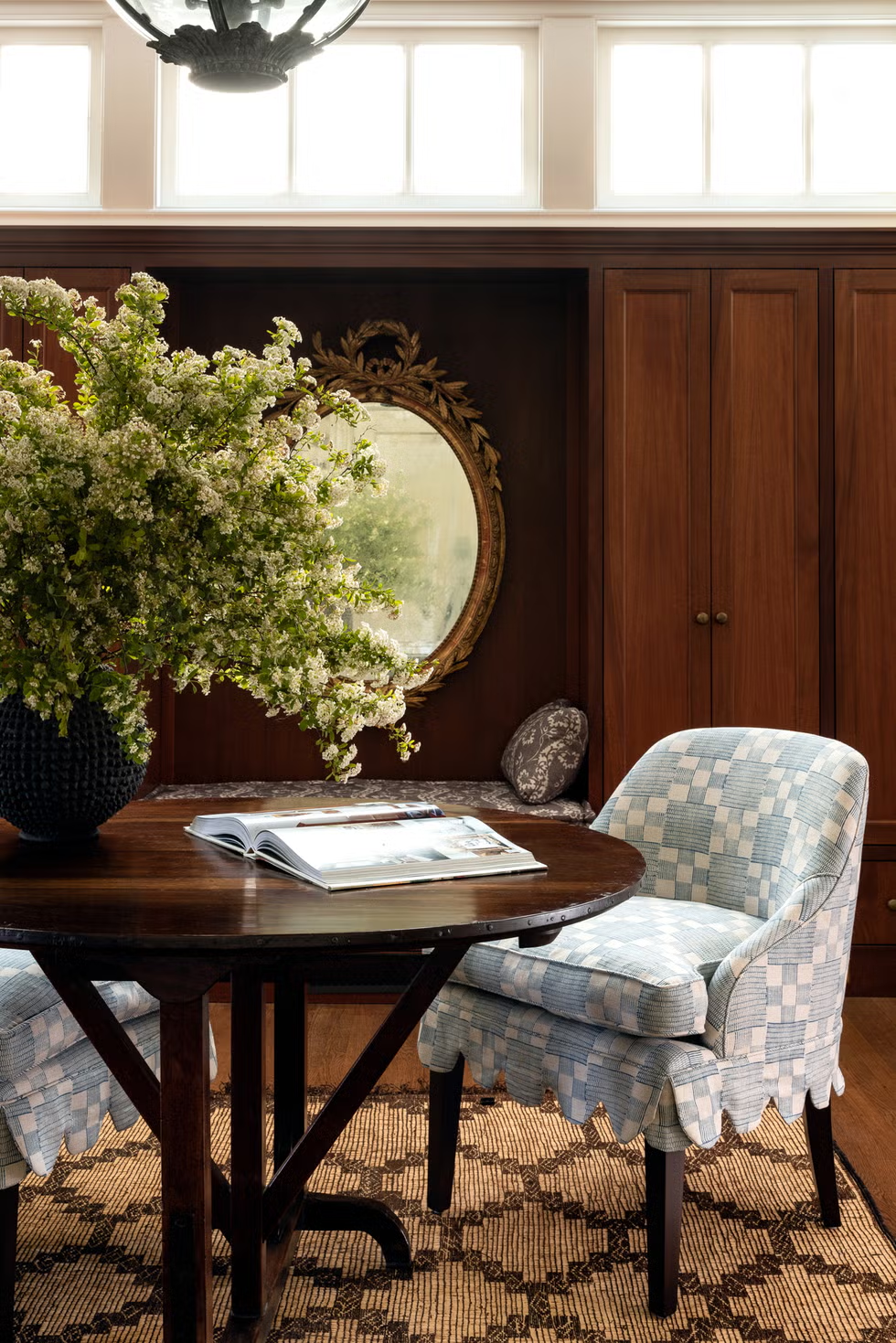
Perhaps most notably, scalloped furniture possesses a remarkable ability to bridge different design styles. A mid-century inspired chair with scalloped back can feel equally at home in a traditional setting or a contemporary space, depending on its material and finish. This adaptability makes scalloped pieces particularly valuable for those who appreciate design that evolves with their tastes.
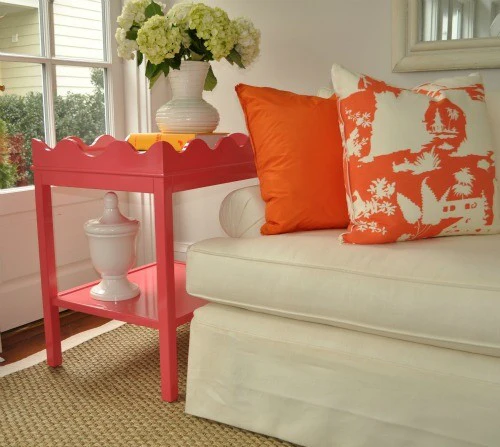
As we continue to seek ways to make our spaces feel both personal and polished, scalloped furniture offers a solution that’s both timeless and timely. Its ability to soften edges while adding visual interest makes it an invaluable tool in the designer’s arsenal, whether creating cozy reading nooks or dramatic dining rooms.
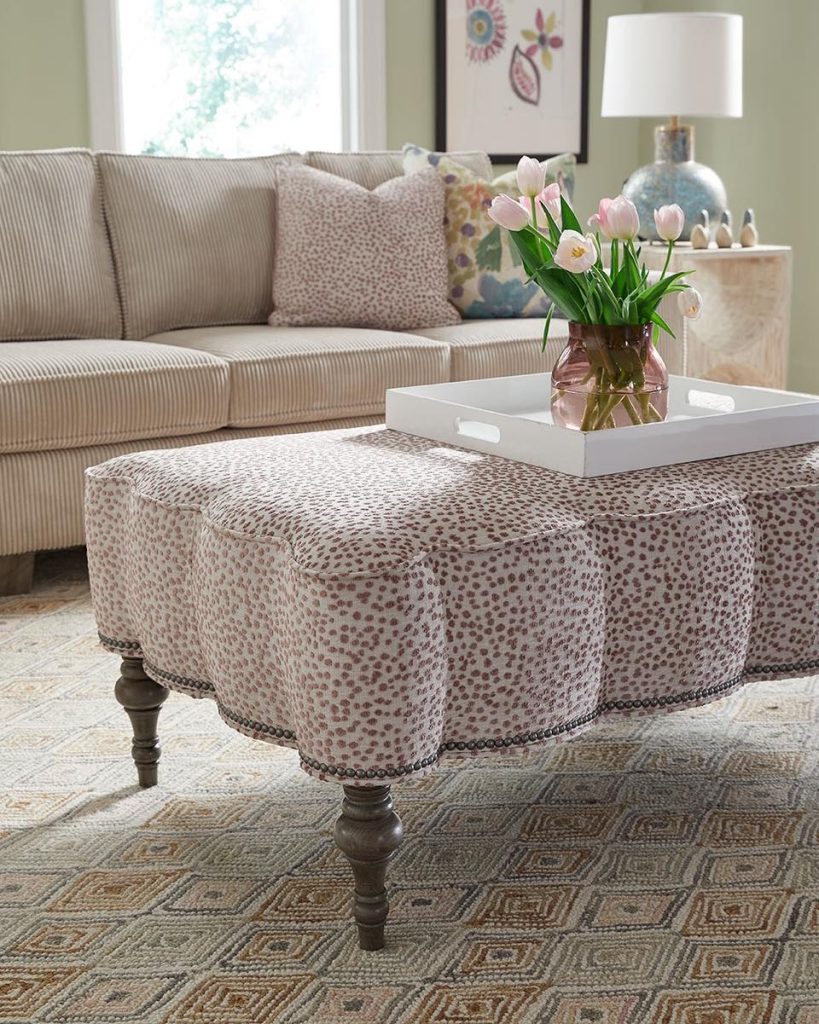
The enduring appeal of scalloped furniture lies not just in its aesthetic charm, but in its ability to adapt and evolve while maintaining its essential character. As we look to the future of interior design, it’s clear that this classic detail will continue to find new expressions, proving that some design elements truly are timeless.
